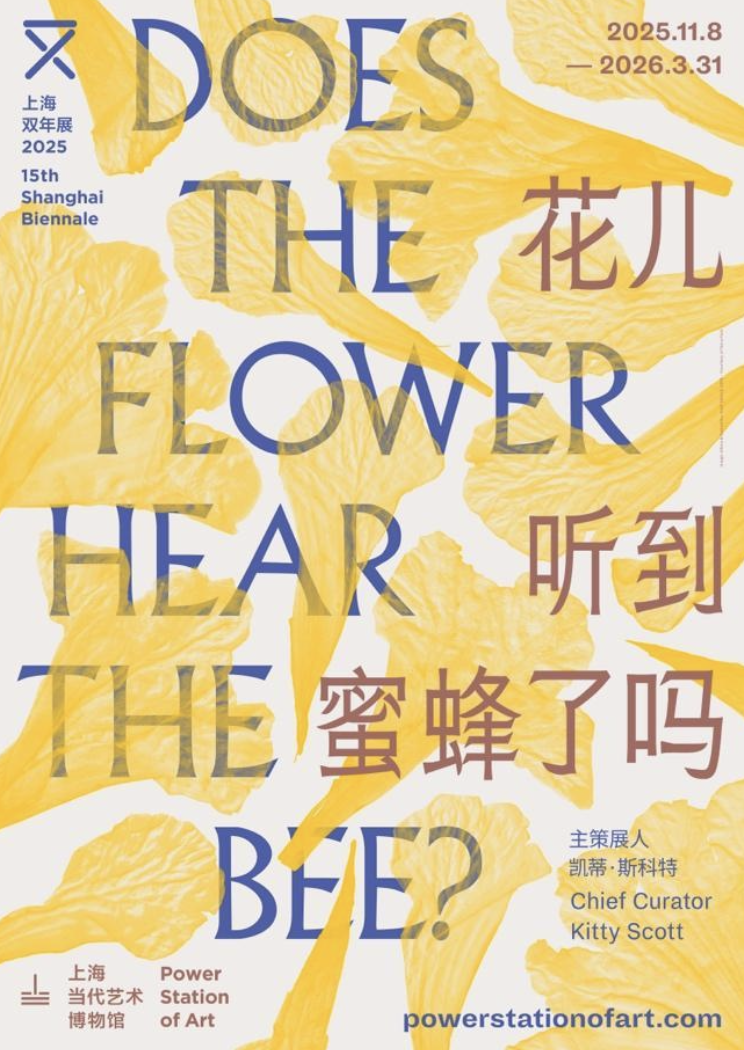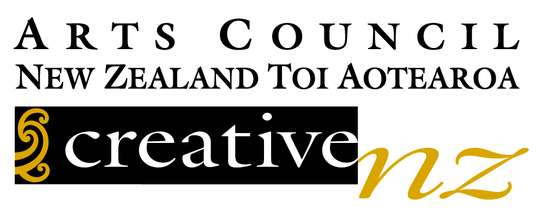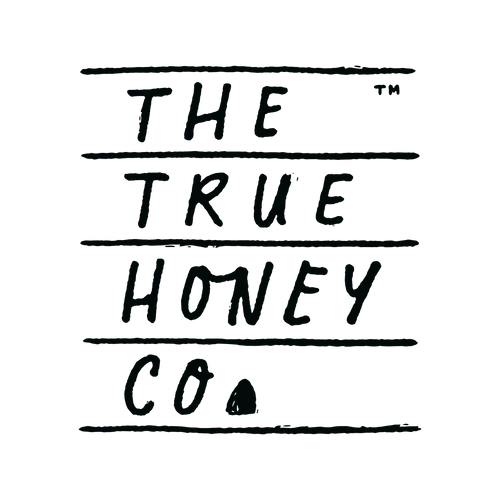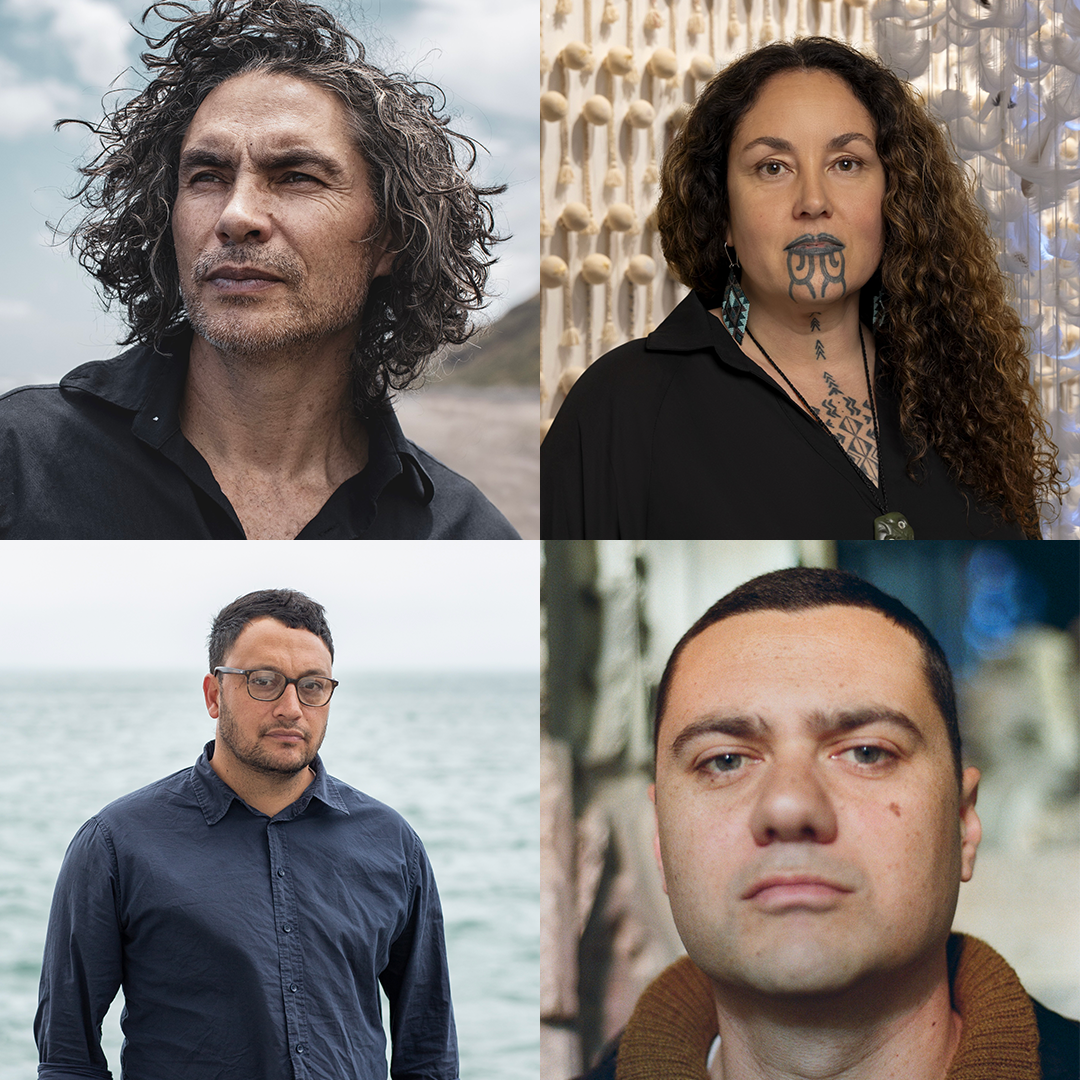For the first time since the inauguration of the Shanghai Biennale in 1996, four artists from Aotearoa will participate in the curated exhibition, opening at the Power Station of Art, Shanghai, on Saturday 8 November and continuing until31 March 2026.
Ngahina Hohaia, Brett Graham, Shannon Te Ao and Luke Willis Thompson will each present works in the Biennale following the research visit by Chief Curator, Kitty Scott, to Aotearoa in February 2025.
The Shanghai Biennale is China’s longest running contemporary art biennale, and is recognised as one of the most influential art events both in Asia and globally. Over the five months that the Biennale is open, more than 400,000 people will visit the exhibition and more than 5,000 VIP guests will attend the Opening Weekend in November.
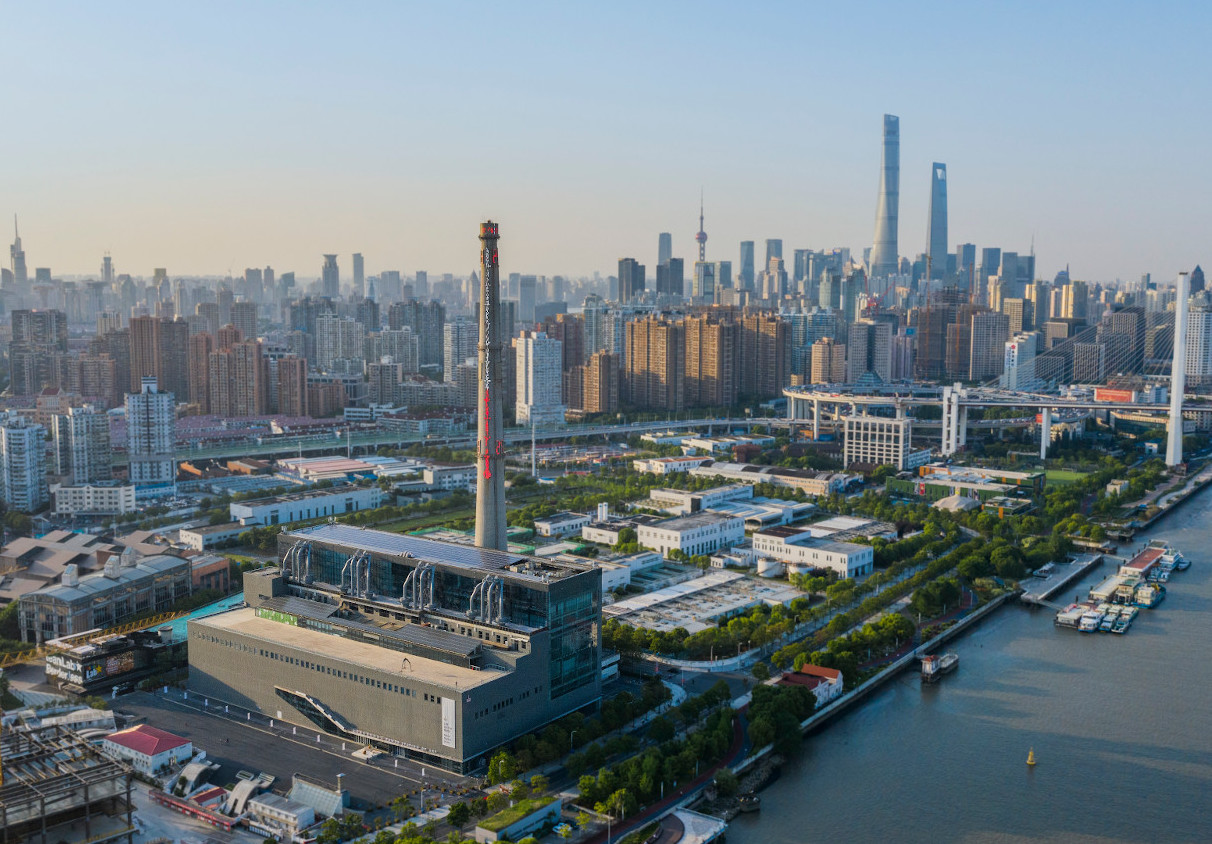
About the 15th Shanghai Biennale
Titled Does the flower hear the bee?, the15th Shanghai Biennale will explore new modes of sensorial communication between artwork, audience and environment. Inspired by recent scientific discoveries regarding interactions between honeybees and the flowers that “hear” the vibration of their wings, the exhibition operates at the intersection of differing models of intelligence, both human and nonhuman.
Featuring over 250 works by 67 individual artists and collectives, from China and around the world, the Biennale’s hopeful vision rests on art’s ability to orient us towards the unknown, the future. Conceived in collaboration with a global array of artists, curators, intellectuals, musicians, poets, scientists and writers, Does the flower hear the bee? recognises that much depends on our ability to sense the world around us and attune ourselves to its diverse variety of intelligences.
The exhibition is curated by Kitty Scott (Strategic Director of Shorefast and Fogo IslandArts), with Xue Tan (chief curator at Munich's Haus der Kunst), and Daisy Desrosiers (chief curator of The Gund at Kenyon College, Ohio), with Long Yitang and Zhang Yinging joining them through the Power Station of Art's Emerging Curators Project.
Four artists from Aotearoa will present the following works
Ngahina Hohaia (b. 1975 Taranaki Iwi, Te Atiawa, Ngāti Ruanui, Ngāti Mutunga, Parihaka) is renowned for her large-scale fibre and multi-sensory installations. These works employ customary weaving knowledge and draw from a deep repository of oratorical inheritances.
Hohaia locates her practice within the continuum of resistance, restoration and renewal established by the pacifist praxis and liberation philosophies of Parihaka, a pan-tribal Māori community established in the 19th Century as a stronghold of Māori sovereignty and autonomy. Her works testify as material witness to the persistence of colonial violence while simultaneously amplifying and revisioning the tools of survival and liberation left to her by her ancestors for present and future generations.

To be presented in Shanghai, Article 2, 2025, is the most recent work in a series of poi installations Hohaia has made over the last 20years.
“I was unable to join the recent Toi Tu Te Tiriti hikoi to parliament in November last year - so this new work was the expression of my contribution to the momentum and voice of a record groundbreaking number of tangata whenua and tangata tiriti calling for TeTiriti to be honoured as the foundation of our nation,” says the artist, Ngahina Hohaia.
As a traditional Māori percussion instrument, poi are a modality of ritual story telling, a conduit and messenger referred to as a ‘manu’ - a bird - that are carriers of celestial and earthly messages. Their message is then delivered through the hands and mouths of those who wield them in ceremonial chant and song.
Hohaia sculpts these ancestral objects from a material that speaks to an extractive settler colonial economy: New Zealand wool blankets. The blankets have been systematically stripped and cut into allotted sections that render them dismembered, reflecting the colonial processes enacted in the alienation and taking of Indigenous lands. Upon this material reality, Article 2 recites the text of the Te Tiriti o Waitangi signed in 1840, that guarantees the right for Māori to live as a sovereign people in their own lands.
The significance of Māori and Indigenous artists representing Aotearoa at the Shanghai Biennale is not lost on Hohaia who says, “The current political climate of the ongoing assault on Māori rights, sits within the global context of neo-colonialism and the extraction of Indigenous bodies and lands.”
“Successive generations of Māori have and will continue to call for the Te Tiriti to be honoured – our calls reverberate around the world.”
The Govett-Brewster Art Gallery has kindly supported Taarati Taiaroa, Ringahāpai Kaitakatū Ngā Toi Māori | Curator Contemporary Māori Art, to work with Ngahina towards her presentation in Shanghai. Ngahina Hohaia's work is shown by Tim Melville Gallery, Tāmaki Makaurau Auckland.
Brett Graham (b. 1967, Ngāti Koroki Kahukura, Tainui) makes large-scale sculptures to explore Indigenous histories, politics and philosophies. Drawing on traditional Toi Māori motifs and techniques, and responding to specific historical events, Graham’s practice solidifies and expands a distinctly Māori visual language, while connecting it with broader global Indigenous issues.
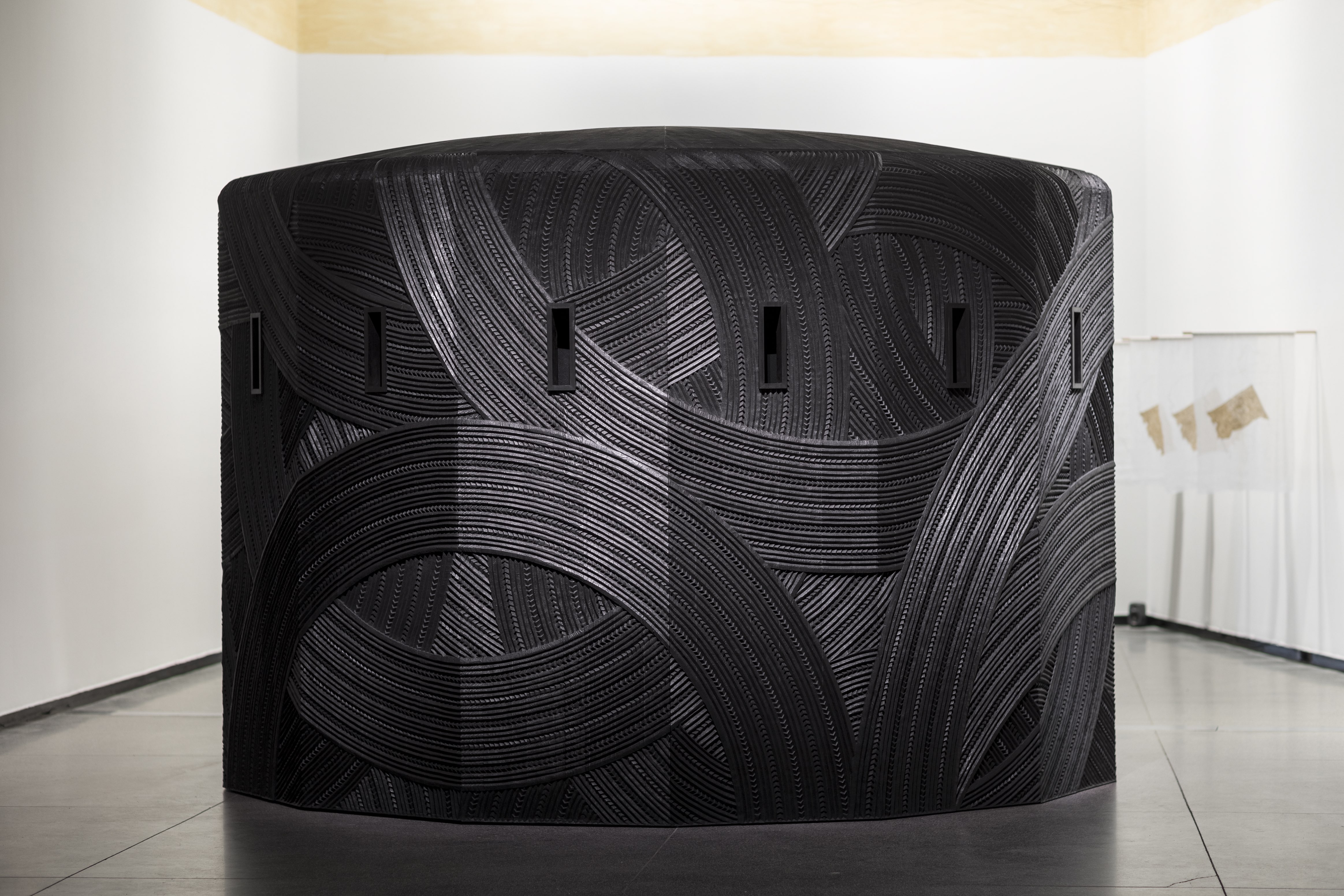
Presented in Shanghai, Ka Wheeke (2024) is sculpture that listens and remembers. Cloaked in carved black lacquer, it transforms the gun turrets of Pioneer, the 1863 warship used to invade Waikato, into a vessel of Māori sovereignty and sensorial intelligence. Its surface, etched with rauponga (notched ridges) and haehae (parallel grooves), recalls the currents of the Waikato River - and the glistening body of the eel, tuna, a tohu of endurance in Graham’s recent work.
Rooted in the lands of Tainui, Ka Wheeke responds to histories of militarisation, imprisonment, and Indigenous resistance. Its title echoes a tongikura (prophetic saying) by 19th-century Māori King Taawhiao: “kawheeke, ka wheeke” - the time of reckoning will come. Rather than monumentalising war, Ka Wheeke is a sentinel and cipher, radiating mana motuhake (self-determination) and mauri (life force), felt first in the body before the mind - te ihi, te wehi (the thrill, the awe).
As the flower hears the bee and sweetens in response, Ka Wheeke attunes to vibrations beyond the visible - to the intangible histories that shape the present. It is sculpture as more-than-human witness: part weapon, part ancestral wānanga, part memory - insisting that presence, like the river, transmits knowledge.
Across Aotearoa, the Pacific, and beyond, Ka Wheeke gathers, senses, and refuses to forget.
Brett Graham is represented by Gow Langsford Gallery, Tāmaki Makaurau Auckland
Shannon Te Ao (b. 1978, Ngāti Tūwharetoa,Ngāti Wairangi, Ngāti Te Rangiita, Te Pāpaka-a-Maui) will present Te pōtiki o te ao, a series of photographic works.
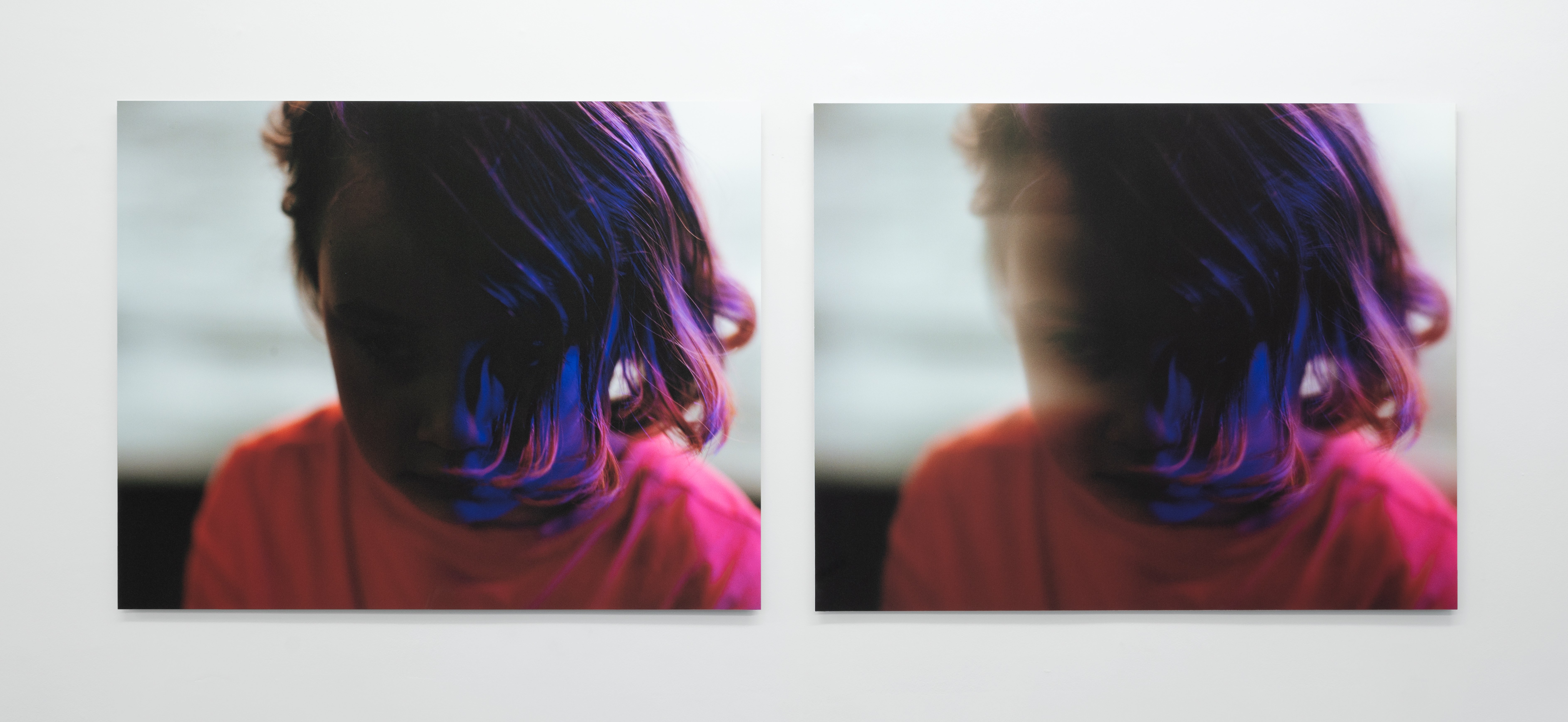
For the catalogue of the 15th Shanghai Biennale, Te Ao writes, “Te pōtiki o te ao simply translates to “the smallest in the world.” The title plays on the name of one of my children, two of whom feature in this photographic series. These works were prompted by a series of questions around positionality, portraiture and landscape, and the fundamental politicisation of images. I was also thinking about the very nature of story telling in places of cultural significance, like public museums and art galleries. Too much is presented as fact. Too much is presented as past. Too much is abstracted from the reality of the lives of those who continue to prosper from systemic injustices and those who continue to struggle in their wake.
In Aotearoa, the public battle over fundamental narratives continues with renewed fervour while failing to recognise the ongoing impact that these struggles purvey. Locally, this effect is maintained through a problematic historical lens toward te ao Māori, the colonial battleground of this country, but this dynamic can be extended to address the numerous communities of Aotearoa that exist outside of a conservative, white, heteronormative majority. Something is missing. There seems to be little done to attempt to reconcile this dynamic in a way that places Māori and other de-centered communities at the centre of their own ongoing experience. These works focus on intricate personal stories and visual dilemma but cannot be detached from larger ongoing trajectories of loss, disembodiment, and transformation.

Shannon Te Ao is represented by Coastal Signs, Tāmaki Makaurau Auckland
Luke Willis Thompson (b. 1988, New Zealand, Fijian) will present Mouvement des Malades an installation which brings together two distinct images, linked by a captivating sound installation that enhances their connection. The first element is a drawing by Thompson that recreates a chart made by the philosopher Frantz Fanon, held within L'Institut mémoires de l'édition contemporaine in Caen where Thompson undertook significant research. From 1952 to 1957 Fanon was the chief psychiatrist of the Blida-Joinville Hospital in Algeria, before he abandoned his post to fight for the National Liberation Front. He was radicalised by listening to his patients. The chart comes from the annual report of the hospital from the year 1955 when Fanon trialled seven patients on toxic amounts of Lithium and was likely working on parts of The Wretched of the Earth.
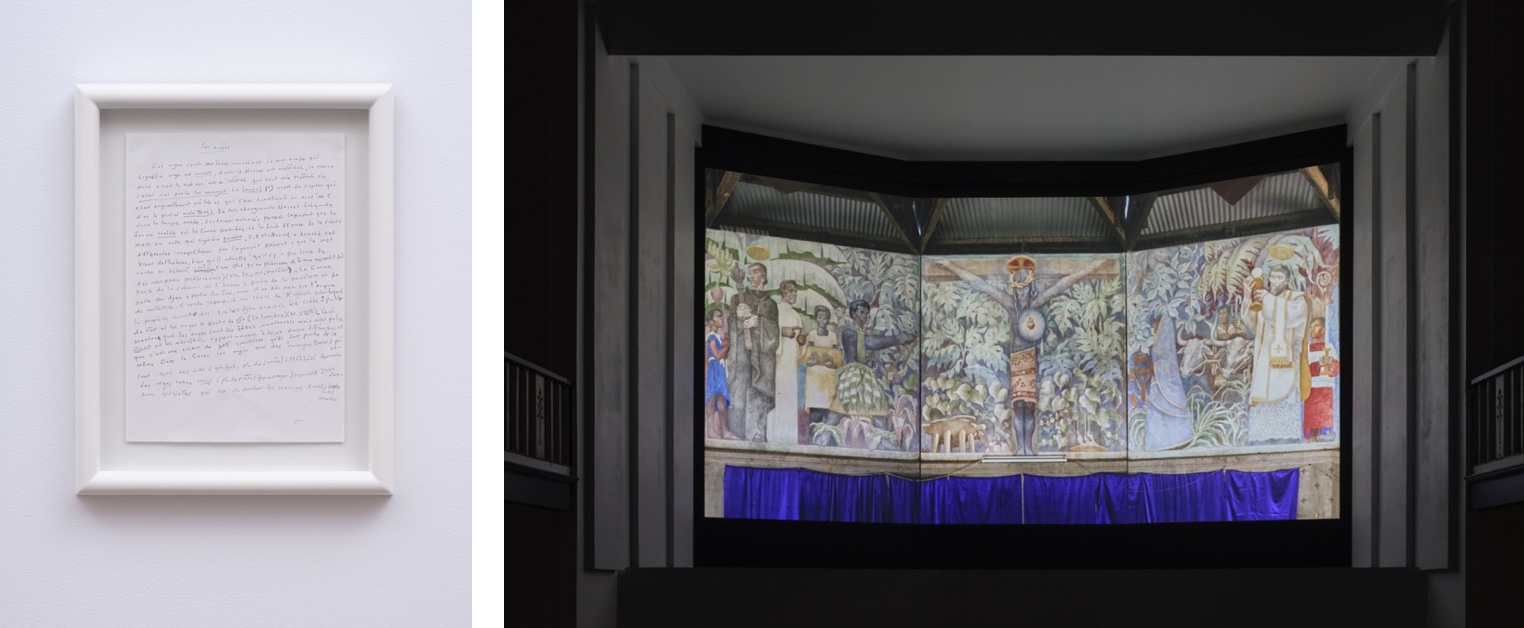
The second element is a three-channel video showing the mural Black Christ and Worshippers by Jean Chalot, painted in 1962 for the church of St. Francis Xavier in the village of Naiserelagi in Ra (Fiji). This mural is significant and exemplary for Chalot‘s work because of its depiction of ethnographic studies of indigenous life, implemented in biblical scenes and their pictorial personnel. Thus in showing the crucifixion of Christ, he depicts him as an iTaukei and those gathered around the crucified man as the other ethnic groups, reflecting the colonial power order of Fiji. The church of St. Francis Xavier also serves the community as a shelter during cyclone season.
As a third element Thompson captured the cataclysmic intensity of rain fall in December, which has intensified in recent years due to climate change, by recording multiple channels of sound. The work is conceived so that when the audience closes their eyes to the image, they will hear within the rain, the subtle mixing of the untranslated sonic traces of nearby social life and survivability at the microlevel of the village.
Luke Willis Thompson is represented by Coastal Signs, Tāmaki Makaurau Auckland
Supporters
The participation of the four artists from Aotearoa in the Shanghai Biennale has been generously supported by Creative New Zealand and The True Honey Co.
Through the pioneering work of founder, Jim McMillan, The True Honey Co. leads the world in mānuka wellbeing, producing the world’s highest grade of mānuka honey from hives in remote native forests across Aotearoa, alongside other mānuka honey products, offering daily wellbeing for adults and children.
Responding to the title of the Biennale – Does the flower hear the bee? The True Honey Co. has partnered with the Shanghai Biennale to supply a range of co-branded honey products from Aotearoa to be sold at the Biennale gift shop, alongside their sponsorship of the presentations of the work of the four artists from Aotearoa at the Biennale.
Kitty Scott's visit to Aotearoa in February 2025 was delivered through a partnership between the Office for Contemporary Art Aotearoa, Gregory Burke and HU’s Art, and was made possible through the generous support of Kent Gardner and Ngaere Duff, Dame Jenny Gibbs, Michael Lett Gallery, Jenny and Andrew Smith and the Park Hyatt, Auckland’s luxury 5-star waterfront hotel.
The Govett-Brewster Art Gallery has kindly supported Taarati Taiaroa, Ringahāpai Kaitakatū Ngā Toi Māori | Curator Contemporary Māori Art, to work with Ngahina towards her presentation in Shanghai.
